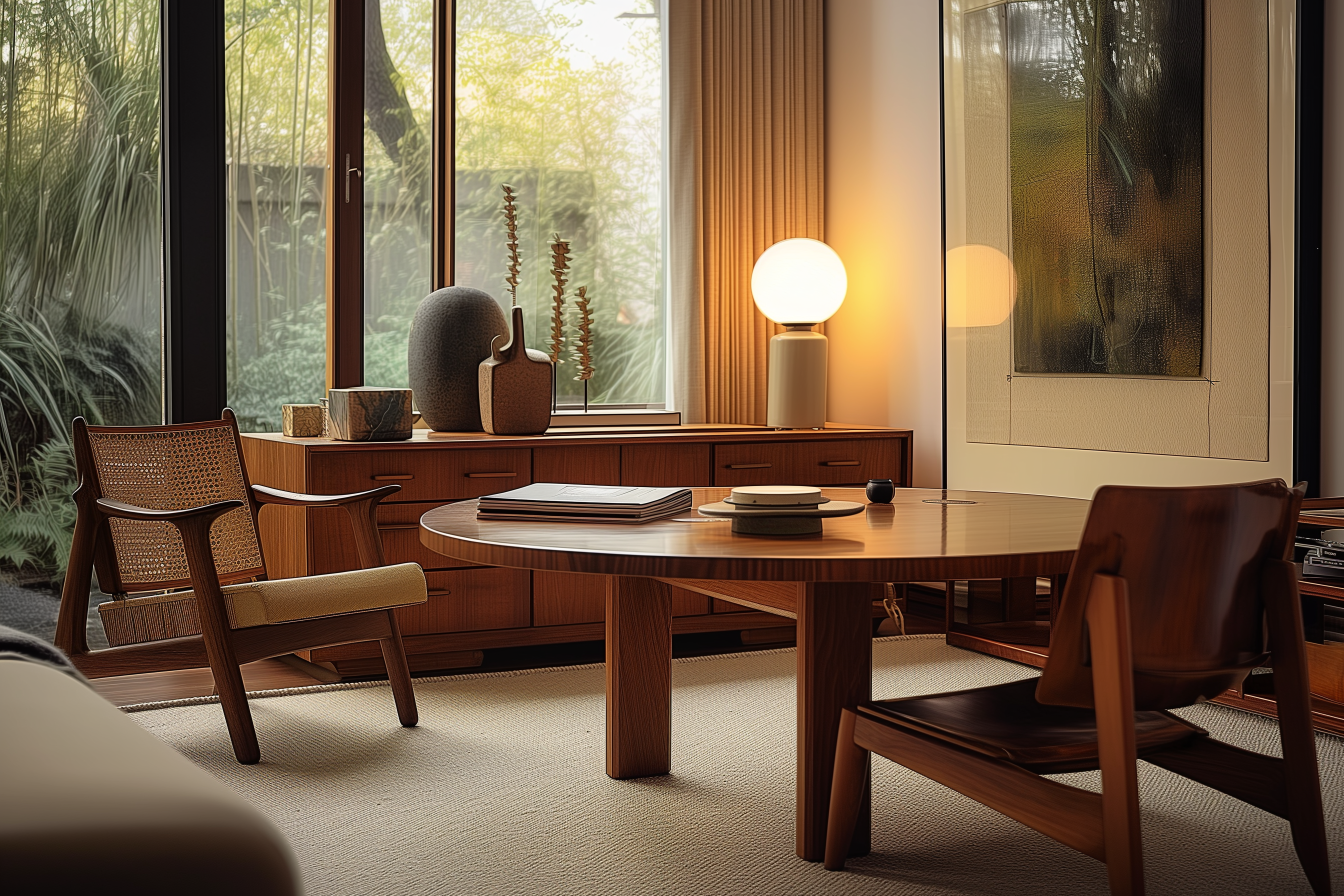2024! It is a new year, and I am excited to share my thoughts and experience on interior design. But before we move forward, I think it would be necessary to look back on the previous years and delve into some of the design trends that were evident in interiors (at least in my experience) so we can better understand the new ones that will come our way.
The pandemic and the economic recovery have been difficult on us over the past few years. We have significantly suffered; our staff has been laid off, and projects are on hold because of the uncertainty. Fortunately, thanks in part to the effort of all those who remained on our team, we’ve recovered financially.
The pandemic changed the interior design landscape – sanitation stations became a thing, professionals questioned open layout floor plans, and designers encouraged room partitions. There is a greater awareness of the person’s health and well-being in this space. But as it eased off, I noticed a sharp rise in three particular trends: tactility, “unique,” and “happy” designs.



TACTILE FINISHES
We were discouraged from touching surfaces during the pandemic and were always careful in the space we were in. As a result, tactile finishes have become popular as people want to feel their surroundings again. Natural stones, textured laminates, fluted glass, and knitted upholstery were always in our client’s mouths.
Instead of the usual visual and graphic design application in the interiors, we have focused on materiality in our recently launched commercial and retail brands. The business owners focused on how the interior feels and its impact on customers’ experiences, not just how it will translate to sales.


UNIQUE DESIGNS
Another is to create a unique design. Let’s be honest: we were stuck in our screens scrolling during the pandemic. People might have been looking into the same interior design photos on Pinterest – clients or designers.
So the moment when we show the initial inspiration boards to our clients, they sometimes seem unimpressed as they have already seen some of the images before, label them outdated, and request something new and unique. Or they show us their Pinterest boards, and ask us to combine them to create something fresh.
We appreciate the effort they’ve put into their research. Still, sometimes, we tell them that what they’ve shown may look nice, but it could be more consistent with the brand’s identity.
DESIGN SATURATION
Designs have been saturated to where I see different establishments with the same interior elements and know exactly what photo they are referencing.
Even though everything has already been made, what makes an interior unique is weaving these different elements and interpreting them to something in line with the brand’s identity or the homeowner’s lifestyle.
That inspired me to create a Pinterest board to explore different interior design approaches. I’ll build on it as I share more here.


HAPPY DESIGNS
As people appreciated the space they lived in more than ever, at least those who did not have an outdoor space, and remote working became more common, we saw a significant increase in home renovations from small condo apartments to multistory houses. That’s where the happy designs come in.
For 9-5 people just like me, most of my time is spent commuting and working in the office, leaving just a fraction of my day at home. I get home tired, sit on a comfy couch, eat, and read before sleeping – weighing heavily on furniture comfort rather than aesthetics.
However, I had to adapt my room to have an office when the pandemic forced me to remain home almost all day. Initially, I didn’t because I thought work should be left in the office after I clock out. It urged me to put effort into decorating my desk by placing organizers, hanging risograph posters, and purchasing a new camera and mic to make me feel happy and motivated to work.



HANDS-ON CLIENTS
Clients are hands-on more than ever with the residential projects I handled, even though they were already doing it back then. They have been checking everything from the size of the sock drawers to the hinges on the doors.
Like my commercial projects, almost all clients show what they want on Pinterest. Again, some inspirations do not necessarily work well. We tell them it might not fit the overall feel of the space, but they tell us that they like it or make them happy, so we (always) reconsider. In the case of commercial brands, we’re more critical because it can play a part in their success.
But for residential projects, making clients happy with their space is equally, if not higher, better than making the space look visually appealing. And they’ll be the ones living in there at the end of the day.

I have found that “happy” designs do not simply rely on the tangible or purely visual. Yes, it’s possible to evoke happiness in a brightly colored wall or painting. But the same can be said for the feeling of the room, the natural light-soaked room, the well-designed room that meets your needs, or simply a room where your loved ones are.


The pandemic has changed the trajectory of interior design. It has made us realize the importance of our health and loved ones and our relationship to our living and working spaces.
Now that we have looked back on what happened in the previous years, we can now move forward and focus on what is the future of interior design.
How about you? What’s been your observation of interior design in the past couple of years? What trends have you seen from establishments? I’d love to hear from you.
